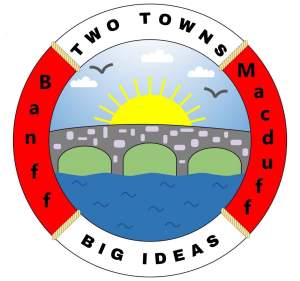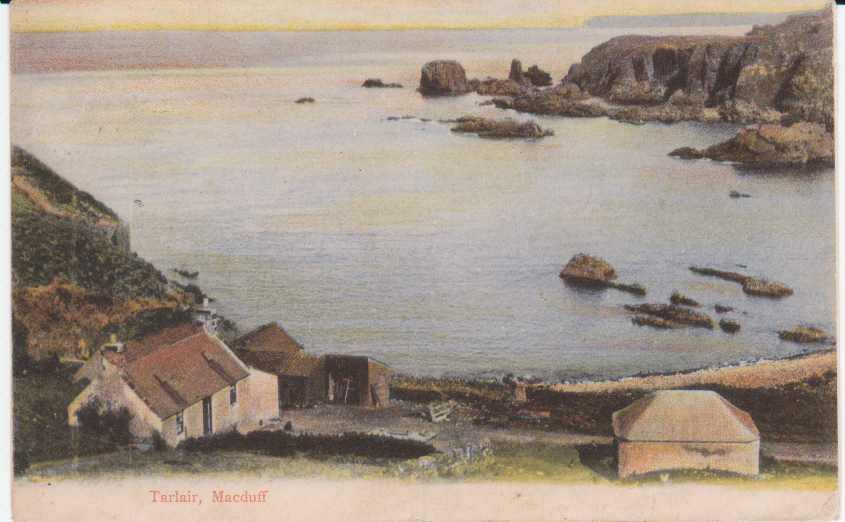Today Tarlair is known because of it’s Art Deco swimming pool, but long before that Tarlair was still a name known throughout all of the north-east of Scotland and beyond.
As a name it first appears on a map dated 1600 – essentially a farm steading on part of what is today Royal Tarlair Golf Course; on one map – 1763 – it is called a “town” in it’s own right, with farmlands extending over several lots in Lord Fife’s town planning for Doune – re-named in 1783 as Macduff.
One report claims that the Mineral Springs were “found” in 1740, however, Francis Douglas, a traveller in 1780 wrote that it had only recently been discovered, but already “many people resort in summer” to partake of the waters. The 1763 map is very detailed and identifies two springs in the vicinity, one of which is named as Tarlair “Strype” – a small stream which still exists today. The second spring doesn’t seem to appear on more modern maps.
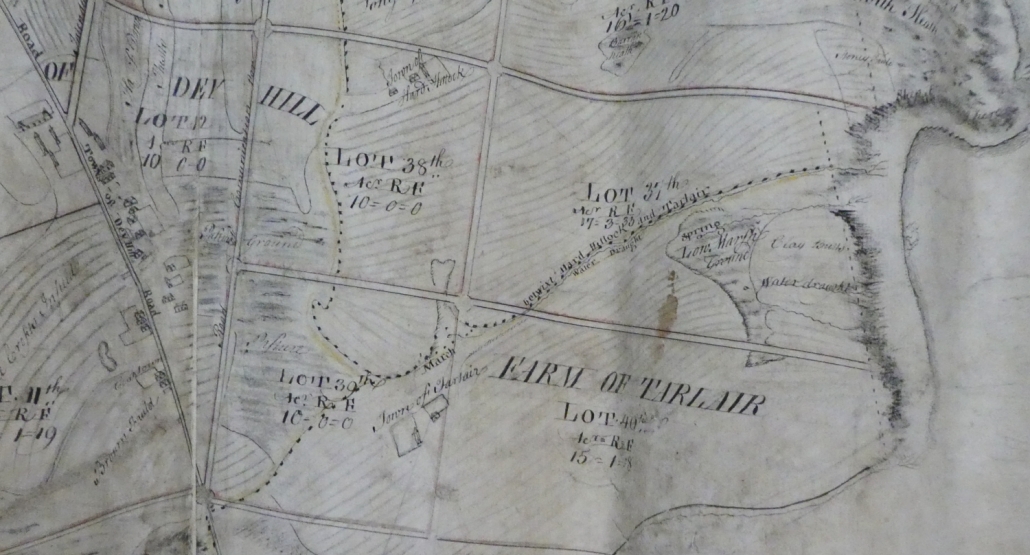
It was only in 1780 that any buildings were built down at the shoreline – one of which can still be seen today. Lord Fife, James Duff the 2nd Earl, whose land the farmstead was on, recognising the popularity of waters, built a small house, and near to it a small croft. The mineral waters were piped – underground – down the slope to the “Well” House, into an iron tank; the building with a stone tiled roof – today partly covered in cement – had wooden benches along the sides and a gutter down the middle, from which water was routed underground to the sea. In truth there was not a “well”, or even a spring at the site, as the water was piped in!
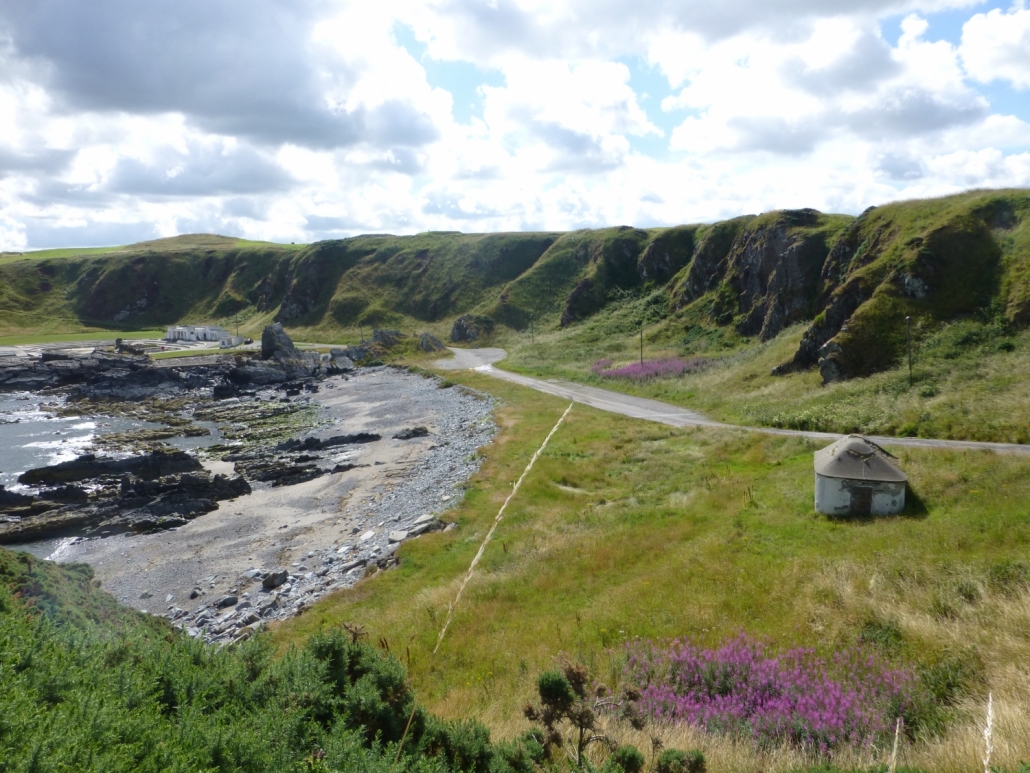
By 1839 according to one local writer, taking the waters at Tarlair was an annual occasion for much of the local population, with some coming much more frequently, due to their “restorative and invigorating virtues”. This was Johnny Gibb, who’s tale was told in the book “Johnny Gibb of Gushetneuk” – a fictional name but real tales. There seemed to be a procedure of drinking at the wells first, as much as could be managed, followed by sea-bathing, ladies nearer the town, men further east, at any convenient point along the coast – although the Macduff Baths (now gone) that were built in 1846 on High Shore provided an alternative, and from 1881 included a swimming pool (Bodie later built new baths in the same location). Even copious amounts of the Moray Firth water would be drunk by some. Others would munch on the “dulse” or “dilse” – seaweed – that grew at Tarlair.
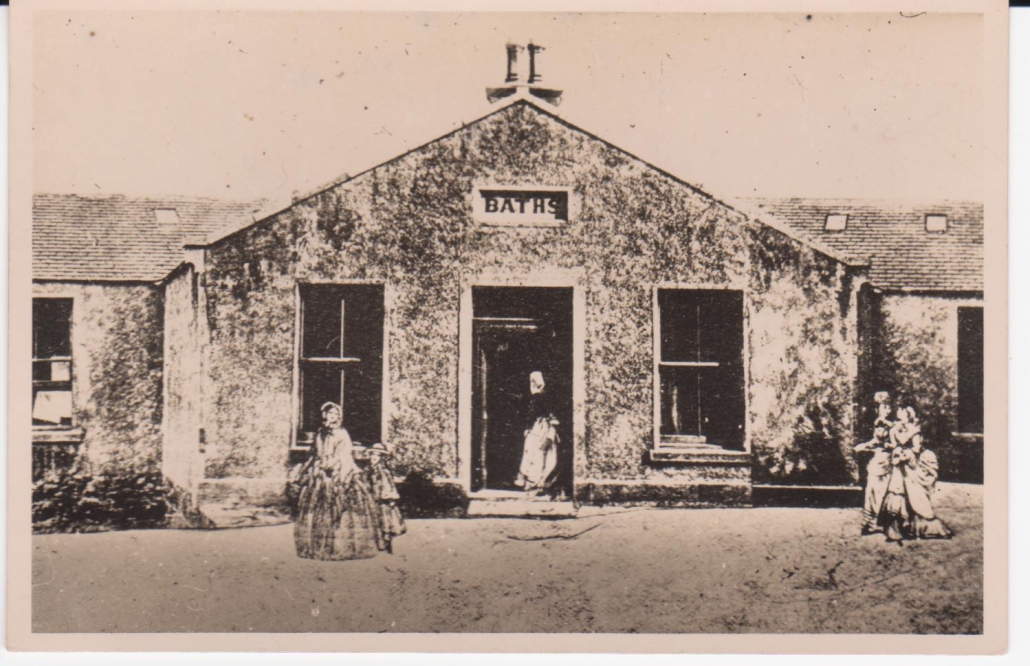
One visitor talks of being able to get some milk, and another being able to get some whisky, as the little croft next to the Well House. Certainly various early twentieth century photos show it was a real working croft.
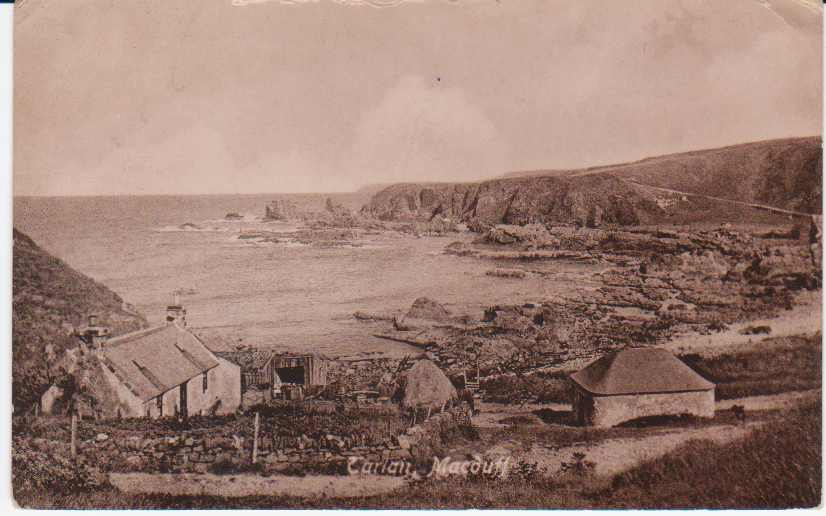
It seems that this well, described at various times as medicinal, a spa, health, mineral, chalybeate (meaning mineral springs containing iron salts), had a great reputation and really put Macduff on the map, so to speak. It was extremely popular with many people with innumerable tales of visits, including by whole school classes even coming to Macduff by train, but Tarlair did not have the same facilities as other mineral wells in the area, such as Pannanich Wells at Ballater, which had a dedicated hotel. This meant Pannanich Wells were able to cater to visitors such as the Duff and Garden family, while Tarlair Wells was more for the less affluent. The hotels in Macduff certainly did good trade because of the Tarlair Well – and there are many adverts in all Scottish Papers in the decades each side of 1900 that directly referred to being within 10 minutes of the Tarlair Mineral Wells; one of the main ones was the Temperance Hotel – later known as the Bayview. Carts could be hired to take people to Tarlair, but many people walked and enjoyed the views and coastline.
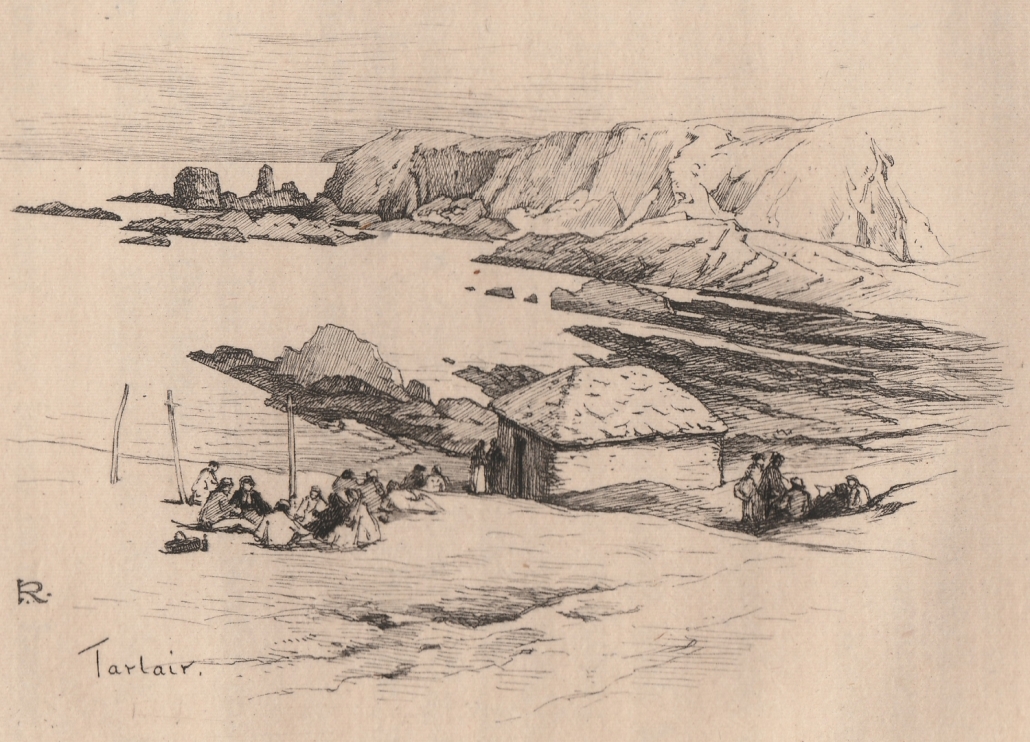
A local writer in 1873 explained that often at Tarlair a variety of occupations would take place: young men would be” improving their strength by hammer or stone [throwing]”; some couples would even be dancing on the green sward near the Wells to fiddle and flute music, others would be just promenading around the Tarlair vale, or many would be resting on the hillside engaged in conversation. At one time the writer heard some people discussing the Darwinian theories – the “Origin of Species” first published in 1859 but only in full in 1869 !. In the second half of the nineteenth century Tarlair Vale was also the rifle practice range for the Macduff Volunteer force (formed 1860), and many north-east Scotland competitions were held there.
In 1929 the building of the swimming pools at Tarlair was approved, first opening in 1931. These soon became a much bigger attraction than the Wells.
On 11th June 1941 it seems that the “Wells” dried up. A local story is that a drifting German mine exploded on the shore – and this may be true but cannot be confirmed as reporting of war events was very restricted. The effect however was that the water supply to the “Wells” stopped. The Burgh engineer concluded that some rocks had moved and broken the pipe at an unknown location. The explosion is also said to have destroyed the croft house. The Wells House was closed up that year and has remained that way ever since as far as is known.
Another linked fact is that in 1996 Sangs, the drinks company on Old Gamrie Road at the time that produced the MacB range of drinks, after a survey, bored 200ft deep within their site to the waters that are said to come from the same source as the Tarlair mineral water; this may be the case based on extending the route of the Tarlair “Strype” which almost cuts across the corner of their site.
Thanks and acknowledgements for this Story go to:
Amy Muir, writing about the Pannanich Wells, hence creating the idea of this Story; The British Newspaper Archive, Banffshire Journal and the Aberdeen Journal; Aberdeen University Library Special Collection and Captain Ramsay.
